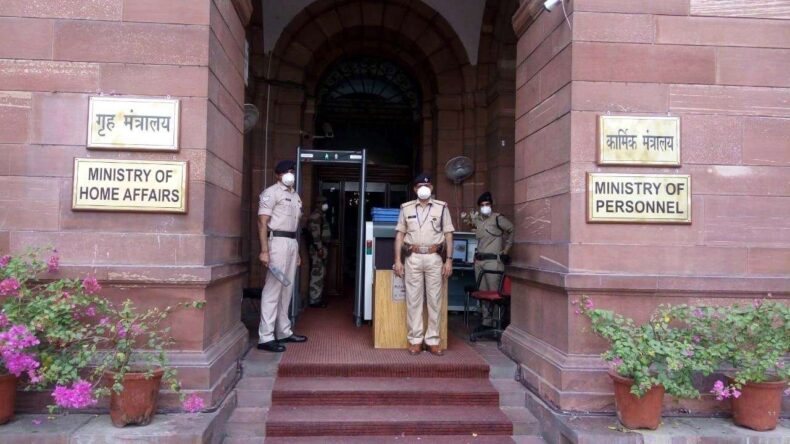The Ministry of Home Affairs, in line with the safety and protection of journalists and media professionals, decided to form a standard operating procedure (SOP) considering the fact that it is a high-risk profession.
Under the instructions of Prime Minister Narendra Modi and the supervision of the Union Home Minister, the Ministry of Home Affairs (MHA) has decided to form and implement a SOP, or standard operating procedure, for safeguarding and protecting news reporters when they are following an accused or questioning them in police or jail custody.
This was decided following the aftermath of three perpetrators, disguised as media personnel, murdering gangster Atiq Ahmad and his brother Ashraf while these two were addressing the media.
Ministry of Home Affairs(MHA) to State
This is not the first time that the ministry has brought up the issue of the security and protection of journalists and media personnel. On October 20, 2017, the Ministry of Home Affairs (MHA) recommended to all the states “to strictly adhere to the laws in order to ensure that an environment of security prevails, also enabling journalists and media professionals to exercise their freedom of speech and expression in the course of their profession, and ensuring that investigations are resolved in a timely manner and the trust of the public in the Indian criminal justice system is maintained.”
The Ministry of Home Affairs (MHA) plans to establish certain guidelines for media professionals to follow when covering risky situations. The guidelines could include things like keeping a certain distance from the security ring, not closely following suspects, or escorting their cars or vehicles.
In the instance of Atiq, many reporters broke the security barrier and got dangerously close to him, causing difficulties for the police officers guarding the two. As the police fought to hold the journalists at bay, the shooters moved close to Atiq and his brother and began firing indiscriminately. One held a video camera, another had a mic, and one feigned to help them.
The advisory said, “Every so often, instances of a journalist or a media person getting attacked surface in the media. All such incidents must be investigated and analysed as quickly as possible in order to guarantee that the perpetrators are prosecuted in the shortest possible time. States should also consider adopting all appropriate and deterrent measures. States are already authorised and empowered to safeguard people with appropriate security on the basis of threat estimations.
Similar incidents have taken place all over the world. Here’s a quick glance at a few of them.
Other Similar Incidents
In the year 2001, this was used to assassinate Afghan politician and military commander, Ahmed Shah Massoud. The suicide attackers pretended to be journalists from Belgium and approached him to take his interview. They blew up the explosives they placed inside their camera as soon as Massoud started to speak. One of the attackers was killed in the explosion, while the other was captured and shot.
Similarly, Sivarasan, the brain behind the former PM Rajiv Gandhi’s assassination in 1991, posed himself as a journalist wearing a kurta pjyama and carrying merely a cloth bag and a notepad, and partnered with Dhanu, the chief suicide bomber, and Shubha, the second suicide bomber.
In 2017, Artur Denisultanov Kurmakayev, a Chechen hitman, impersonated himself as a French journalist in order to track down Vladmir Putin’s enemies in Ukraine but could not do that successfully.













